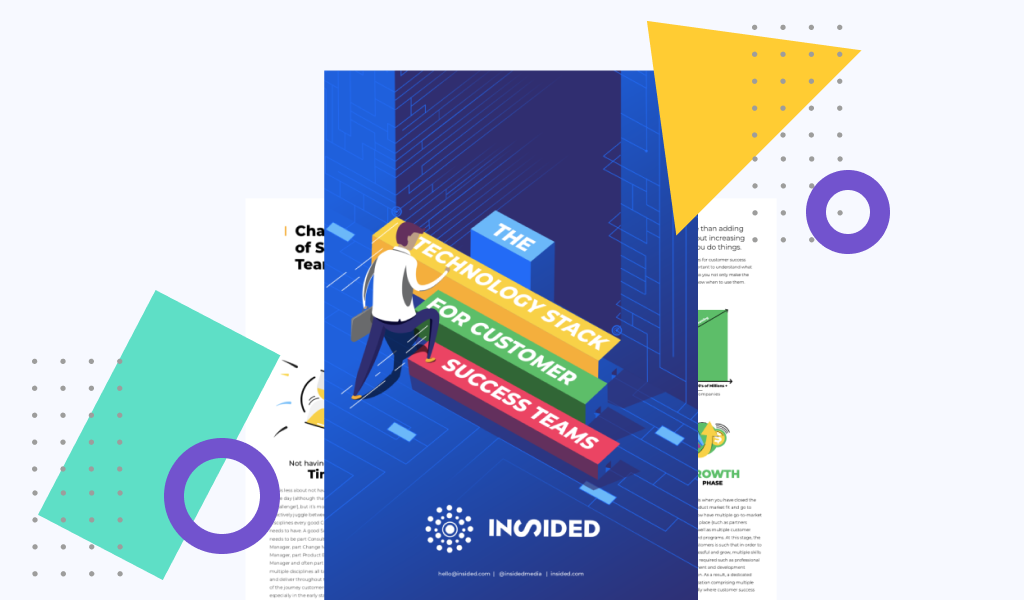To submit a support ticket related to TimeXtender click here and for Exmon-related queries click here
New to TimeXtender? Get Started now!
To submit a support ticket related to TimeXtender click here and for Exmon-related queries click here
Welcome to our success Hub!
Ask questions, get answers and engage with your peers
Featured topics
The latest & greatest from the community
New to the Community? Here's everything you need to know!
Is this your first visit to our lovely company community? Welcome! We’re super happy to have you here! What are we doing here? First things first, what are we actually doing in the company community? Our community is meant to be useful for both new and veteran customers, your level of expertise does not matter. That’s the beauty of our little community here, we have a TON of expertise on the platform daily about our company, Data & Analytics, Reporting and others—It really is an endless list of possibilities. A (really) quick tour The basic setup of our community is simple: Getting Started(You’re here now!) New to the community? New to our Company? Visit me first!Analytics & ReportingWe’re a Data & Analytics company, so it makes sense to have a whole lot of ideas on how to best be using your data, right? We have got you covered! Platform & IntegrationsGuides & Articles on using our platform, or integrating with other tools you might already have added to your tech-stack. News & UpdatesThis is where we keep you updated on what’s happening to our company, the community or our products & services. Q&AAsk the community (or us) anything about us, our products or any other related question that might be on your mind. The community will take care of them quickly and efficiently! Only if you’re a customer: Feedback & IdeationThis is where our Customers provide us with the ever-needed ideas and feature requests that will make our platform be even better in the future! We try and include as many as possible in our roadmap, as when it comes to the value you can get from our platform—our customers know best! - - - - - - - - - - - - - - - - - - - - - - - In any case: start here by introducing yourself to the community!
Amsterdam Meetup Recap
Well... what else could we say? Needless to mention, we were very pleased to see so many of you coming over to our event, joining inspiring discussions and learning about our plans for the future. Once again a big THANK YOU for joining, we hope that you found it as entertaining and inspiring as we did! Your feedback As some of you noticed already, we are sending you some questions to evaluate your experience of the event. Would be really cool for us to understand better which things you really liked, and what you missed / would like to see improved for the next time around. Thanks already for sharing your feedback with us!

The Technology Stack For Customer Success Teams
A detailed look at how Success teams can make the best use of technology for true customer engagement.
Login to the community
No account yet? Create an account
Enter your E-mail address. We'll send you an e-mail with instructions to reset your password.
Scanning file for viruses.
Sorry, we're still checking this file's contents to make sure it's safe to download. Please try again in a few minutes.
OKThis file cannot be downloaded
Sorry, our virus scanner detected that this file isn't safe to download.
OK

